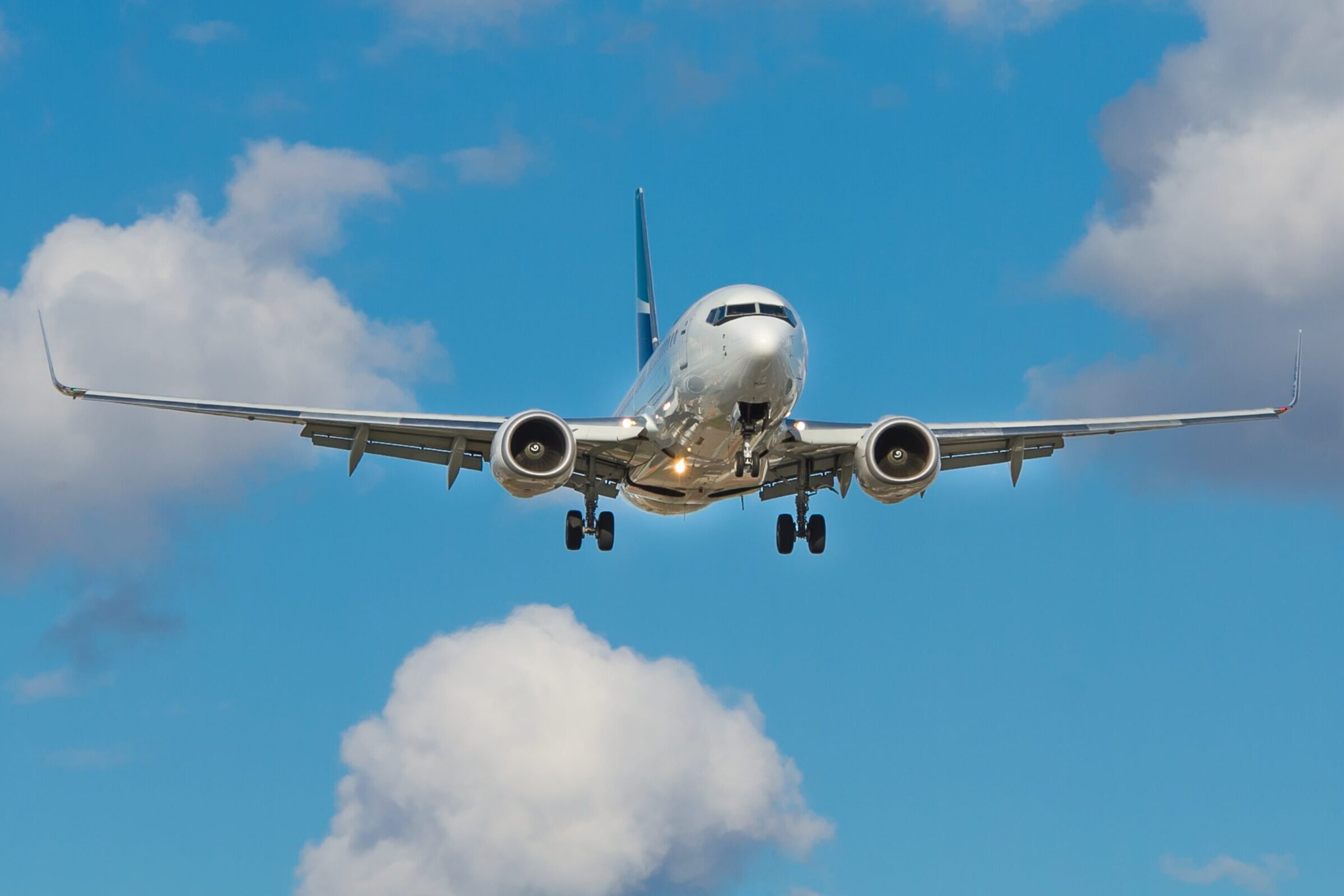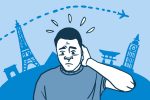When you travel long distances, it’s necessary to be prepared. As an international student who frequently flies between China and the United States, I’ve learned how to make my travel experiences as efficient and enjoyable as possible. These are my suggestions on how to effectively prepare for a long-haul flight.
Before the Flight
Solidifying your itinerary early allows you to purchase tickets at a lower price. Purchasing tickets well in advance can prove advantageous when flights and available seats are limited. For instance, during the summer break, I flew back to Beijing from Los Angeles. I bought my ticket in March for $900, while one of my friends purchased their ticket in December of the previous year for only $600.
Another factor to consider is whether you want to travel on a direct flight or a connecting flight. Direct flights are typically more convenient since they eliminate the need for layovers, but tend to be more expensive. Connecting flights may be more cost-effective, but can include many layovers. You should also consider choosing an airline that you are familiar with or that has a reputable track record. Well-established airlines provide a greater sense of stability and reliability, while budget airlines that offer cheap tickets may compromise safety measures. Exercise caution, and research the airline’s reputation and customer reviews before making your decision.
Most airlines have specific regulations regarding both carry-on and checked baggage. Typically, passengers are allowed to check in two large suitcases that weigh no more than 50 lbs each. It’s important to adhere to these weight and size restrictions to avoid incurring additional fees. If you plan on carrying special items, such as musical instruments or sporting equipment, contact the airline in advance to confirm any specific requirements and avoid last-minute complications.
During the Flight
When embarking on long-distance journeys, especially international flights, it’s crucial to arrive at the airport early. In addition to standard check-in procedures, you will also need to go through customs and immigration. Arrive early and have any required travel documents, like passports and visas, ready to ensure a smooth check-in.
Be sure to categorize your items when packing your luggage since certain items have specific restrictions. For example, lithium batteries and electronic devices are not allowed to be checked in, so they should not be placed in your checked baggage. At some airports, security personnel may require electronic devices, such as power banks, to be separately screened during the security check. Organizing and categorizing your items in advance can streamline the security screening process.
Wearing comfortable clothes can ensure a more pleasant experience during your flight. To keep warm in the cabin, bring a thick jacket or layering garments that can be easily adjusted. To alleviate boredom and restlessness, take advantage of the onboard entertainment options. Most airplanes provide individual screens for passengers, which offer a selection of movies, music and TV shows. You also have the option of downloading movies or TV shows onto your laptop or iPad ahead of time, just make sure that your device is in airplane mode!
After the Flight
Upon arrival at your destination, it’s important to ensure that you have all your belongings with you. Fatigue or excitement can sometimes cause oversight, so double-check to make sure you have all of your personal belongings before disembarking.
Additionally, it is crucial to familiarize yourself with the local policies and entry requirements related to COVID-19 and immigration. For example, certain areas in China may still require a negative COVID-19 test result upon entry. When entering a new country, you will need to present relevant documents such as F-1 or J-1 visas for students.
To avoid any complications, stay updated with the latest travel advisories and requirements of your destination country. Check the official government websites or contact the embassy or consulate for information on entry regulations. By being well-informed and prepared, you can ensure a smooth transition through immigration and to your destination.
Safe travels!

















